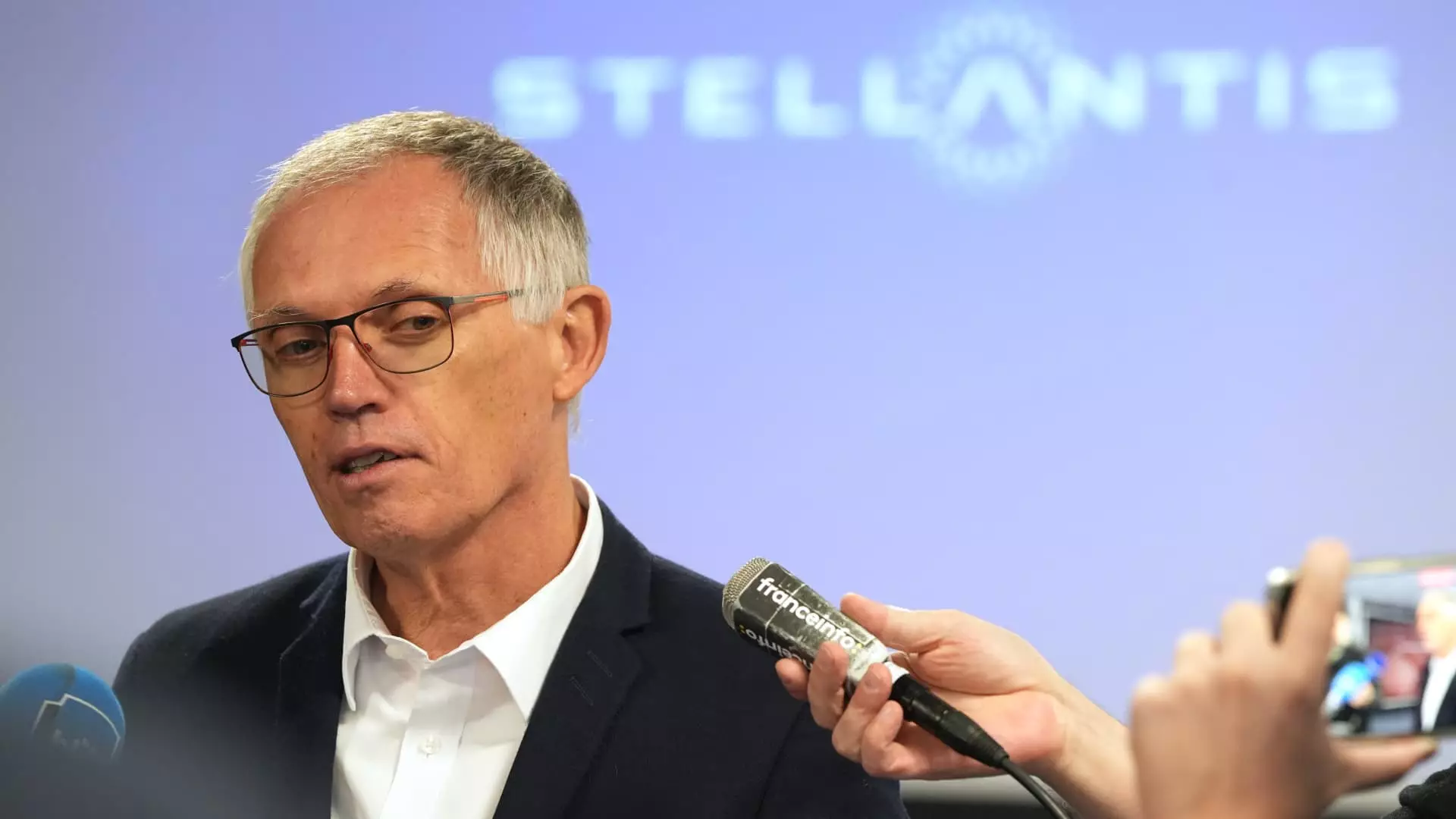In a highly publicized legal confrontation, Stellantis has initiated a lawsuit against the United Auto Workers (UAW), escalating an ongoing conflict that underscores the mounting tensions between labor unions and large automakers. This dispute not only draws attention to the labor relations landscape in America but also highlights the fragility of agreements made between automotive companies and the unions that represent their employees.
As the automotive industry grapples with myriad challenges, this lawsuit, confirmed by internal communications within Stellantis, marks a pivotal moment. The company is not only targeting the UAW on a national level but is also implicating a local chapter in California that was involved in a strike authorization vote at Stellantis’ Parts Distribution Center in Los Angeles.
According to Stellantis, the lawsuit aims to hold the UAW, both at the international and local levels, accountable for the financial losses incurred due to what they term an “unlawful strike.” This assertion indicates that Stellantis perceives its employees’ push for potential industrial action as a breach of the existing contract between the two parties. The automaker has specifically requested damages in response to disruptions caused by the union’s actions.
Tobin Williams, the Senior Vice President of North America Human Resources at Stellantis, indicated the company’s legal stance when communicating to employees. The lawsuit claims that the workforce’s informal vote for strike authorization sets a dangerous precedent that could lead to significant revenue loss and disruptions in production. Again, the stakes of this battle are not merely financial; they have implications for labor relations and standards across the entire automotive sector.
The UAW has responded defiantly to Stellantis’ legal maneuvers. Shawn Fain, the union’s president, characterized the lawsuit as an act of desperation by a corporate executive struggling to maintain control amidst growing dissent and grievances from workers. Fain asserted that the union’s legal team is confident in their right to advocate for striking as a last resort. Such a stance reflects the UAW’s commitment to their members’ rights and their position in negotiations.
The backdrop of this confrontation includes recent reviews of Stellantis’ commitments under prior contracts, which Fain claims the automaker has failed to honor. Issues such as reduced plant production, layoffs, and postponed investments have become points of contention, leading union representatives to articulate their readiness to initiate strike actions if necessary.
The contention further arises from a specific contractual clause, referred to as “Letter 311,” whereby Stellantis argues it retains the right to adjust operational strategies based on prevailing market conditions. This claim forms the crux of their argument against the UAW, suggesting that the flexibility built into such agreements should exempt them from liability for losses due to strikes.
Thus, what we see is a fundamental disagreement over the interpretation and execution of contractual terms that was meant to govern labor relations. While Stellantis leans on the legal aspect of contract negotiation, the UAW underscores the moral obligations tied to these agreements, particularly as they pertain to worker conditions and job security.
The legal action taken by Stellantis may have ripple effects beyond just the immediate companies involved. It raises pertinent questions about the strength and effectiveness of labor unions in fighting for worker rights in an environment increasingly dominated by corporate interests. The UAW, backed by local chapters across the U.S., represents a critical force, not just for its members but for labor movements nationally.
As the situation unfolds, both sides appear entrenched in their positions, and the potential for a strike looms as a looming threat. Fain highlighted this in a recent rally, calling on union members to hold firm and reminding them that the repercussions of a strike could significantly hinder Stellantis operations. The outcomes of this dispute could easily set precedents for future labor relations, establishing either a model of compliance or hostility that shapes the trajectory of American manufacturing labor.
The Stellantis and UAW confrontation embodies the classic struggle between labor and management, one punctuated by allegations, legal maneuvers, and a dedication to upholding worker rights in a rapidly evolving industry. As both parties brace for a potential escalation, the resolution of their battle will resonate throughout the automotive landscape and beyond.

